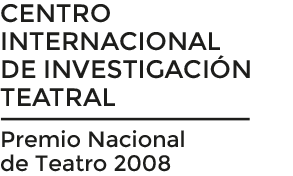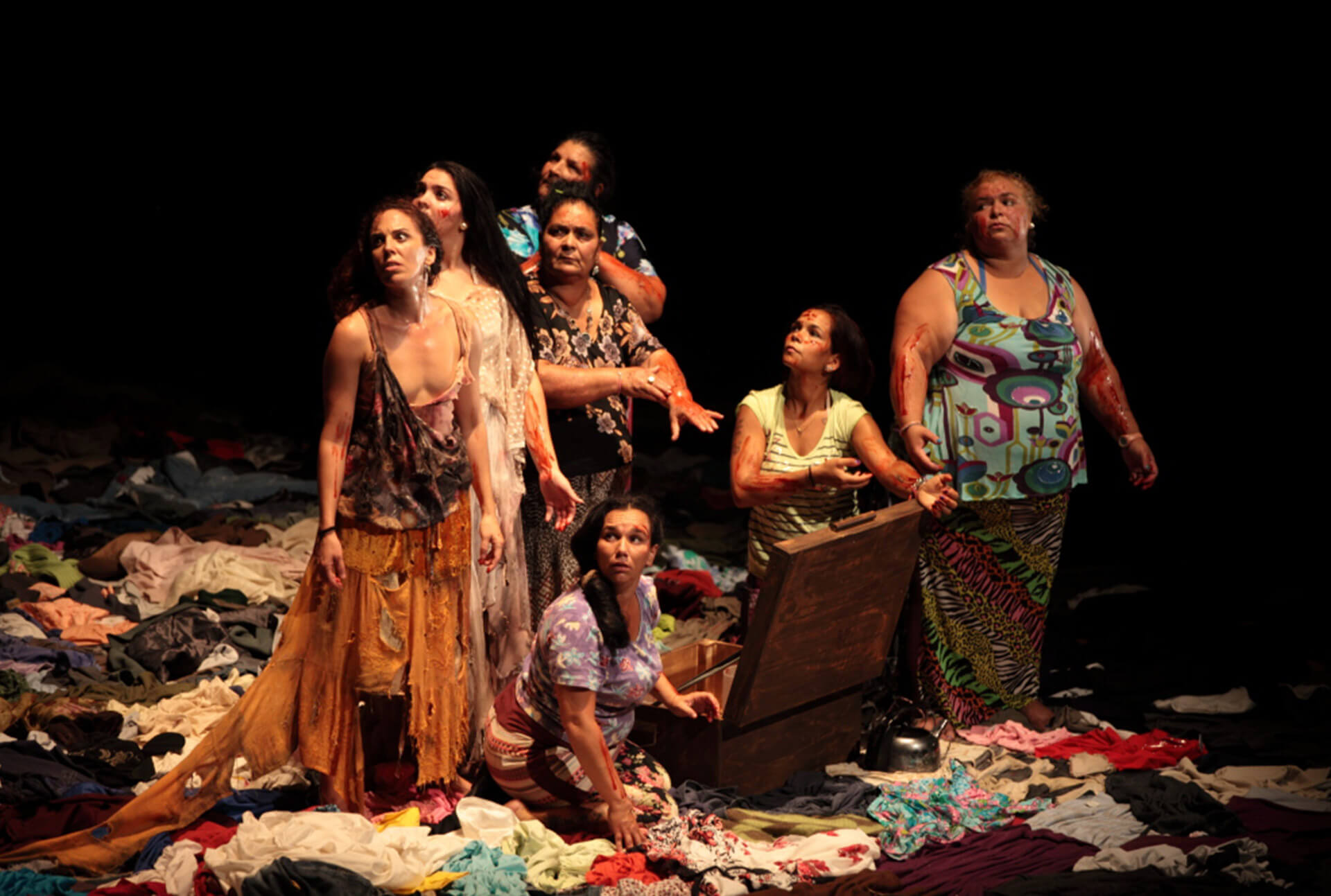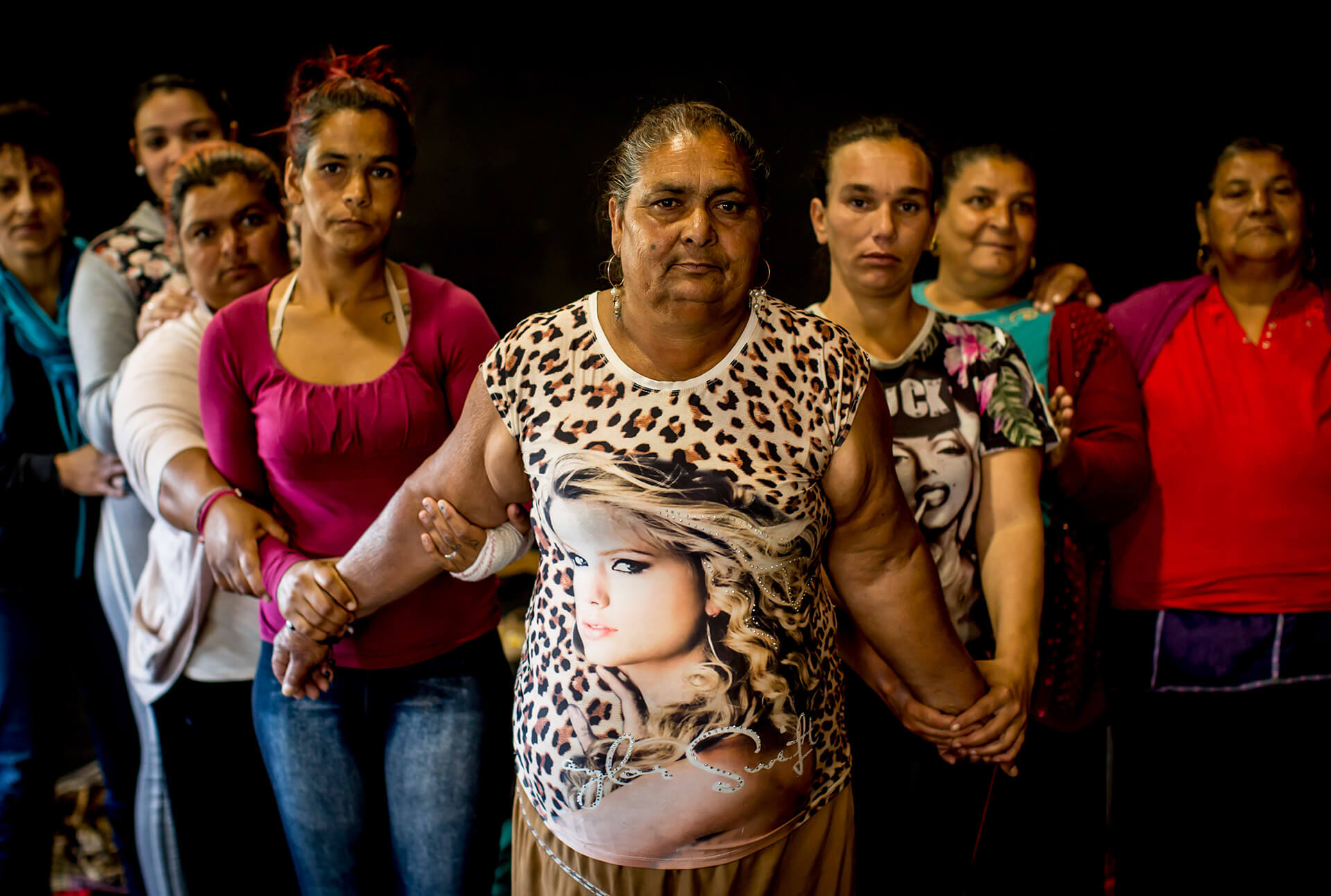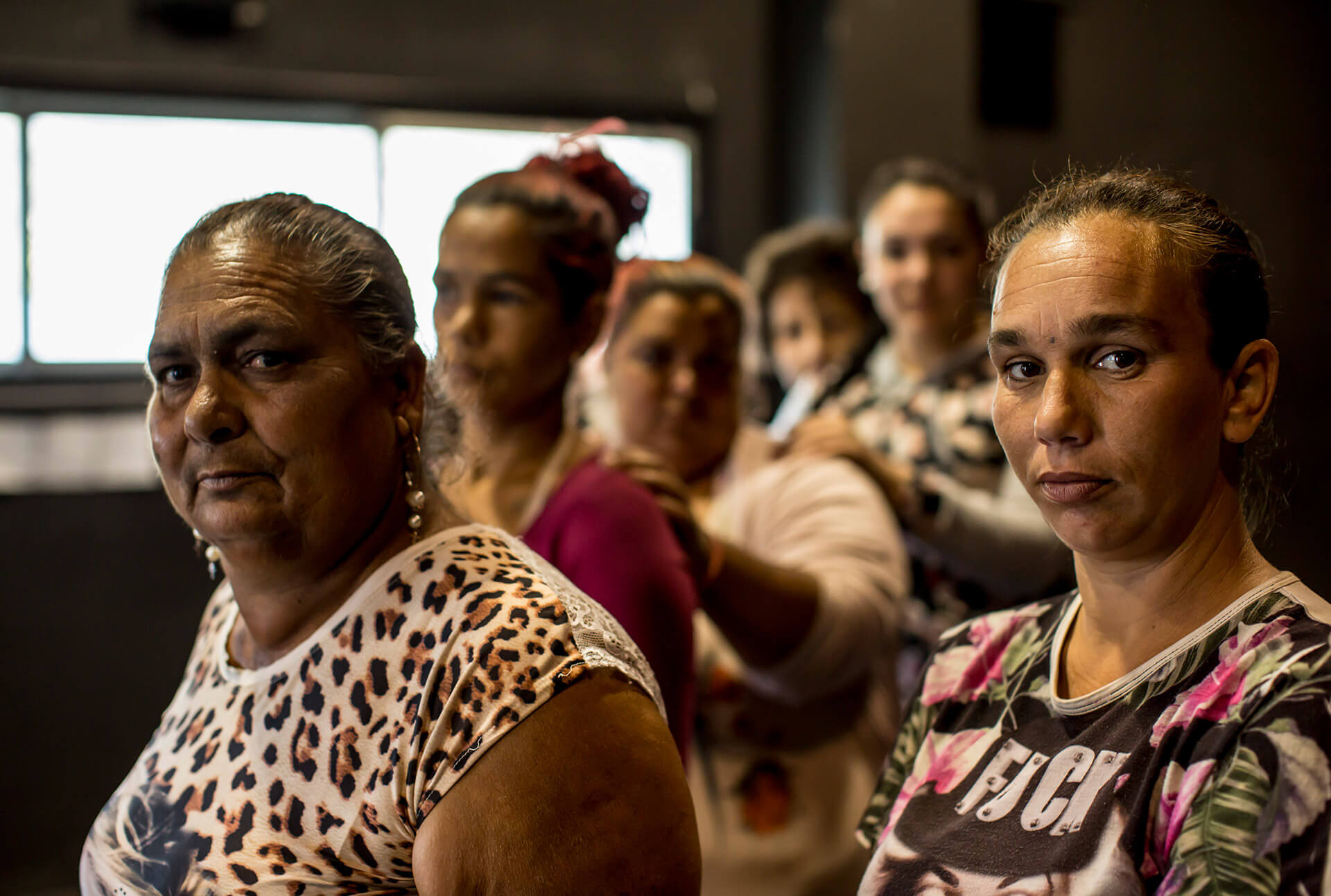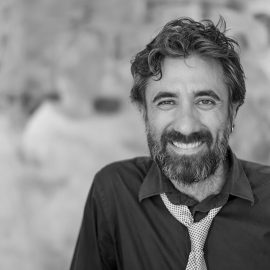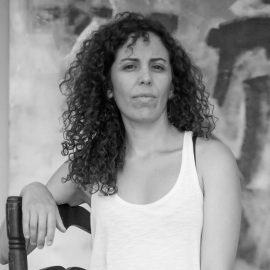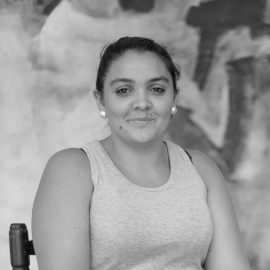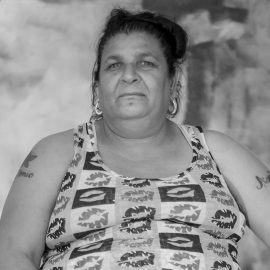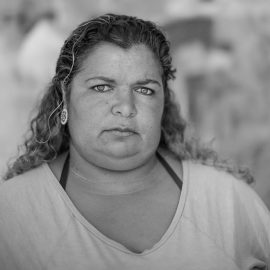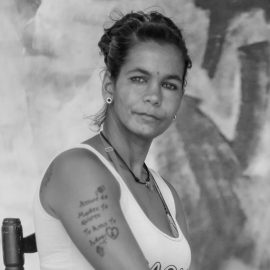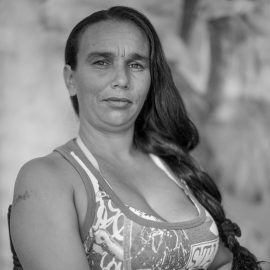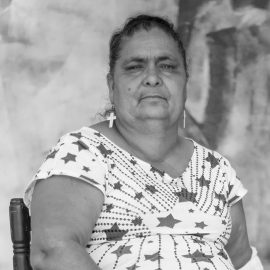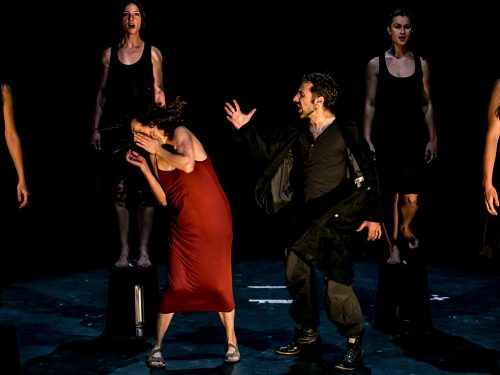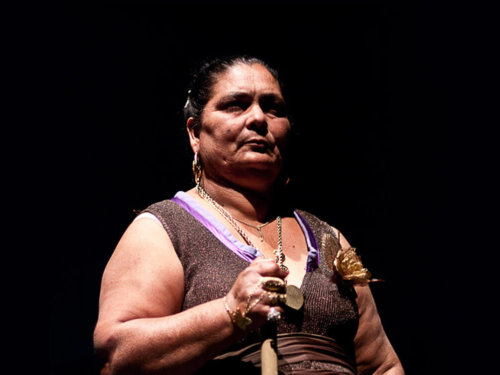Introduction
And this is how Fuenteovejuna was born: with the production of TNT, Pepa Gamboa as director, the dramaturgy of Antonio Álamo and the valiant interpretation of the collective of analphabetic gypsy women from the neighborhood El Vacie with the goal of showing everybody that “ another theater is possible”.
On October 21st the work was premiered at the Teatro Central in Seville opening the 25th season, which did not leave anybody cold. The critics, the spectators and professional actors all agreed on how these women developed courage and brought truth on stage. Therefore, this talent was awarded with the Premio Andaluz Gitano.
Read more
This was the starting signal of a tour that brought the women of El Vacie presenting their staging La casa de Bernarda Alba, que recorrió in various Spanish cities in more than half of the Spanish provinces, including they participated at international festivals such as the ICAF in Rotterdam (the most prestigious community theater festival of the world).
In January 2017, Fuenteovejuna was elected by the new director of the Teatro Español, Carmen Portaceli, for opening her first season at the Teatro Español. And like in 2010 the women of El Vacie put foot in the Teatro Español again and many of the spectators were left teary-eyed.
The word which fitted best for describing the spectacle is “moving”. The public was so thrilled that they made the actresses to go out on stage and bow four or even five times after their show. Many well-known faces of the Spanish scene and the mayor of Madrid Manuela Carmena, have expressed their astonishment and affection towards the power on stage of these women who are now on tour throughout the country.
Rocío, Lole, Carina, Sandra, Ana, Sonia Joana and Puny were born and raised in ‘El Vacie’. In this neighborhood they have their life, their families, their friends, and their culture. Before they came to the Centro TNT they did not know what theater was like, and they could never imagine that they would participate at a theatrical performance. La Casa de Bernarda Alba showed them new life perspectives and now, with Fuenteovejuna, they try to raise their voices for being heard again.
Fuenteovejuna (1619) by Lope de Vega is work of the baroque period in which the people stand up against the injustice and the abuse of power. According to the lyrical critic Menéndez Pelayo “there is not any other more democratic work in all the Spanish theater”. In 1476, the inhabitants of an Andalusia hamlet named Fuente Ovejuna, were tied of supporting the abuse of their landlord, so they decided all together to rebel against him. The rebellion ended with a murder, but the investigator could not tear from the mouths of the villagers more than a single answer: “Fuente Ovejuna did it”. Faced with this admirable behavior, he relinquishes to continue the investigation, giving the people their deserved revenge. The famous episode was recreated and immortalized by Lope a century and a half later in a play whose tension and dramatic force emotionally captivates the reader.
“Throughout the years that the show La casa de Bernarda Alba lasted, which I set up for TNT together with the gypsy women of the shanty town El Vacie, and after receiving several awards and a great media resonance, I asked myself which other work we could make together that would give continuity to that experience and that would be as natural to all of us as La casa de Bernarda Alba turned out to be.
The texts which crossed y mind were the most diverse ones, as they came they went away because with none of them I had the feeling that I would be going to the right direction (and they with me, which wasn’t small responsibility).
I came to the only possible conclusion that it has to be a universal work, which has to be a group work, just like La casa de Bernarda Alba.
It was from these premises when reviewing our classics I became aware of that the work I really wanted to present was all the time right in front of my eyes, like the Purloined Letter by Poe. It is Fuenteovejuna by Lope de Vega, in which the emaciated triumph of social inequalities has granted an overflowing validity, as an enormous allegory on the right of citizens to denounce and fight against the injustice that many people recognize in spite of time.
Obviously mi intention is not to stage Fuenteovejuna for denouncing the conditions of social exclusion in which the El Vacie’s romani collective lives with, because the presence of these actresses on stage already shows this. It is more, following the sketched political topology by philosopher Jaque Ranciere, placing them in the political vertex which they inadvertently but with all the right occupy: the one of saying, representing and denouncing this for alls.”
Pepa Gamboa
Artistic Team
Team
- Dirección: Pepa Gamboa
- Dramaturgia: Antonio Álamo
- Ayudante de dirección: Joaquín Galán
- Asesoramiento Artístico: Pedro G. Romero
- Diseño de espacio escénico: Antonio Marín
- Vestuario: Maite Álvarez
- Iluminación: Manu Madueñas
- Sonido: Emilio Morales
- Coordinación Técnica: Alejandro Conesa
- Regiduría: Joaquín Galán
- Fotografías: Félix Vázquez
